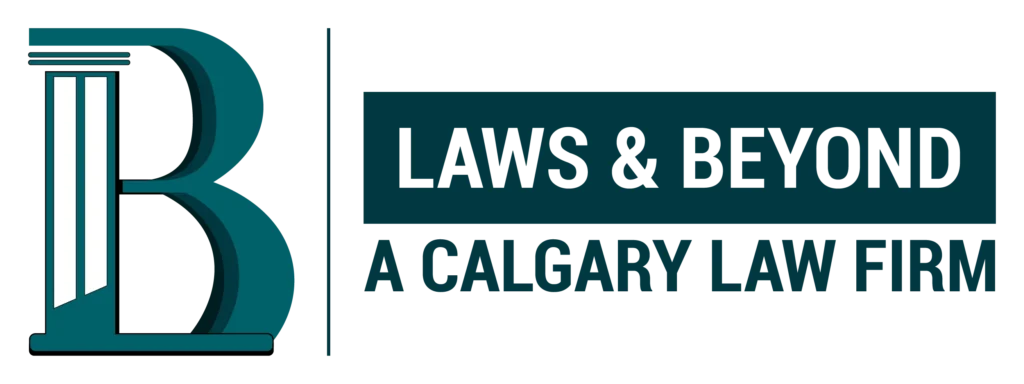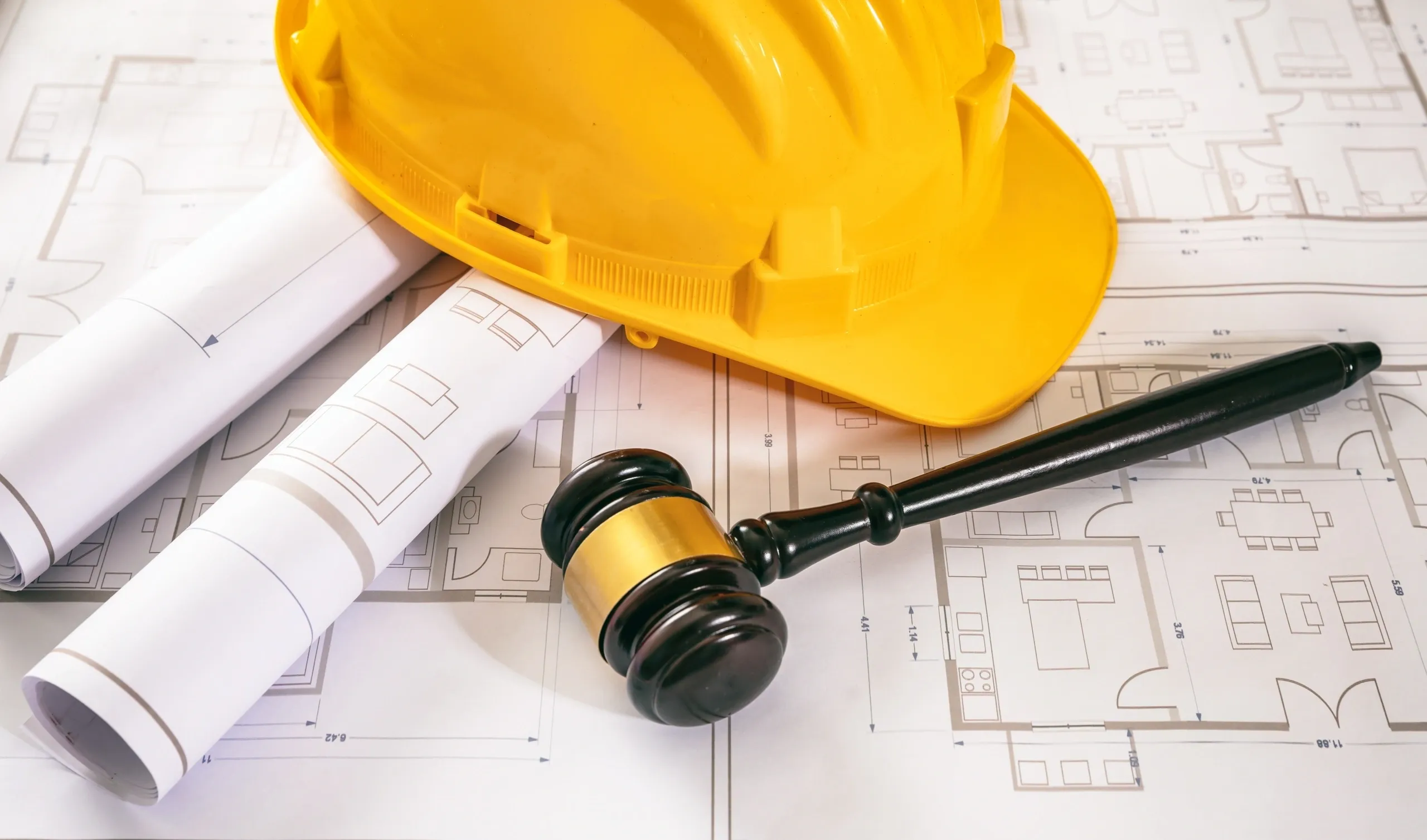The construction industry in Alberta, Canada, has witnessed its fair share of payment disputes and potential foreclosure situations over the years. To address these challenges and ensure fair resolutions for both lien holders and property owners, the province introduced the Prompt Payment and Construction Lien Act, formerly known as the Builder’s Lien Law. This comprehensive legislation offers a framework that aims to strike a balance between protecting the rights of lien holders and safeguarding property owners from the risk of foreclosure.
In this extensive article, we explore proposed solutions under Alberta’s Prompt Payment and Construction Lien Act for both lien holders and property owners. By examining the intricacies of the Act, its provisions, and their implications, we provide a detailed roadmap to assist stakeholders in navigating payment disputes and foreclosure risks effectively. Our comprehensive analysis aims to facilitate fair and efficient resolution of conflicts, foster positive relationships, and promote the sustainable growth of the construction industry in Alberta.
Overview of the Act
The Prompt Payment and Construction Lien Act establishes a lien on the property being improved by the construction work for the benefit of contractors, subcontractors, and suppliers who have performed work or supplied materials to the project. This lien serves as security for the payment of the amount owed to these parties, and it gives them the right to foreclose on the property if the amount owed is not paid.
The Act also sets out specific time frames for registering and enforcing liens, as well as provisions for resolving disputes related to payment issues. For example, the Act requires that lienholders provide a written notice of their intention to register a lien, giving property owners the opportunity to resolve payment issues before a lien is registered. The Act also provides for the right to challenge a lien if there are valid reasons to do so, such as if the lien holder did not follow the proper procedures for registering a lien or if the amount claimed is not justified.
The Prompt Payment and Construction Lien Act in Alberta introduces summary judgment as a mechanism for prompt resolution of disputes. This provision enhances the efficiency of the legal process by allowing parties to seek expedited judgments on specific matters without the need for a full trial.
Utilizing Summary Judgments for Prompt Resolution: A key feature of Alberta’s Prompt Payment and Construction Lien Act is the inclusion of summary judgment as a means of achieving prompt resolution for payment disputes. Summary judgment allows parties to present their case before a judge, who can then make a determination based on the evidence and legal arguments presented, without the need for a full trial.
Benefits of summary judgment:
a) Expedited Resolution: Summary judgment expedites the resolution process by bypassing the lengthy and costly procedures associated with a full trial, enabling parties to obtain a judgment more quickly;
b) Cost Savings: The streamlined nature of summary judgment reduces legal costs for both lien holders and property owners, as it eliminates the need for extensive discovery, witness examinations, and court appearances.
c) Efficiency and Certainty: Summary judgment provides a more efficient and predictable resolution process, as it allows parties to present their case based on the available evidence, ensuring a fair and expedited outcome.
d) Dispute Prevention: By offering a prompt and efficient resolution mechanism, summary judgment helps prevent disputes from escalating and allows parties to address payment issues in a timely manner, maintaining positive relationships throughout the construction project.
Remedies for Lienholders
Alberta’s Prompt Payment and Construction Lien Act empowers lien holders in the construction industry by providing essential remedies to ensure payment for their work and materials. These remedies offer security and protection, enabling lien holders to assert their rights effectively. In this article, we also alexplore the significant remedies available to lien holders under the Act, emphasizing their importance in resolving payment disputes and securing fair compensation.
a) Registering a Lien: One of the most crucial remedies granted to lien holders under the Act is the right to register a lien against the property being improved. This provides lien holders with the necessary assurance that they will be paid for the work completed or materials supplied. It’s important to note that the lien is recorded against the property itself, giving the lien holder priority over other claims against the property, rather than against the owner.
b) Enforcing the Lien through Legal Action: Lien holders have the right to take legal action to enforce the registered lien. This can be pursued through a court application to attach the property, particularly valuable when payment disputes become protracted or challenging to resolve through negotiation. If successful, the attaching officer can recover the outstanding amount owed, including legal costs.
c) Suspending Work: A Last Resort Remedy: The Act also grants lien holders the right to suspend work on the project if payment is not made as agreed. This remedy serves as a powerful tool to draw the attention of property owners and project stakeholders, compelling them to address payment issues and avoid further delays. However, it’s crucial to exercise caution and consider this remedy as a last resort due to its potential consequences for all parties involved.
d) Breach of Agreement: Lien holders who have a contract also possess the right to sue for breach of the mortgage agreement. If the property owner fails to fulfill their contractual obligations, such as non-payment for completed work or supplied materials, a claim for breach of contract can be pursued. Additionally, if the lien holder has performed work or supplied materials without a written contract, but the property owner has benefitted from the work or materials, a claim for quantum meruit can be made. In both scenarios, the lien holder can seek compensation for the value of the work completed or materials supplied.
Remedies for Property Owners
a) Protecting Property Owners’ Rights: The Prompt Payment and Construction Lien Act places importance on protecting property owners’ rights within the construction industry. Key provisions include:
b) Written Notice Requirement: The Act mandates that lien holders must provide written notice of their intention to register a lien. This requirement ensures that property owners are aware of potential liens and allows them the opportunity to address payment issues before a lien is registered.
c) Right to Challenge Lien: Property owners have the right to challenge the attachment of a lien if there are valid reasons. This can include cases where the lien holder failed to follow proper procedures for lien registration or when the claimed amount is deemed unjustified. Property owners can challenge the attachment in court, and if successful, the lien can be lifted.
d) Withholding Payment: Property owners are granted the right to withhold payment if there are legitimate concerns about the quality of work completed or materials supplied. This remedy can be utilized if the work or materials do not meet contractual specifications or if significant deficiencies exist. However, property owners must exercise caution to ensure legitimate concerns are addressed, as withholding payment without just cause may result in legal action from the lien holder.
e) Right of Set-Off: The Act permits property owners to exercise the right of set-off, allowing them to deduct amounts owed to them by the lien holder from amounts owed to the lien holder for work completed or materials supplied. This remedy can be used when the lien holder has outstanding debts to the property owner for other services or goods provided.
f) Negotiation for Settlement: The Act encourages negotiation for settlement in cases of payment disputes. This alternative dispute resolution method can be an effective means of resolving issues without resorting to legal action, promoting amicable resolutions that benefit all parties involved, including condominium owners.
g) Protecting Condominium Owners: Alberta’s Prompt Payment and Construction Lien Act extends its protections to condominium owners who are affected by construction projects. The Act ensures that condominium owners have the same rights and remedies as other property owners, allowing them to actively participate in resolving payment disputes and protecting their interests.
i) Notice of Lien to Condominium Corporations: The Act requires lien holders to provide notice of their intention to register a lien to the condominium corporation. This provision ensures that condominium owners are informed of potential liens and can take necessary steps to address payment issues before a lien is registered.
ii) Condominium Corporations’ Role: Condominium corporations play a crucial role in protecting the interests of unit owners. They can work collaboratively with lien holders and property owners to facilitate payment resolutions, maintain transparency, and ensure compliance with the Act’s provisions.
Conclusion
In conclusion, Alberta’s Prompt Payment and Construction Lien Act provides critical legal protections and remedies for contractors, subcontractors, suppliers, and property owners involved in construction projects. It promotes transparency and fairness in payment processes and encourages prompt payments to those who work hard to make construction projects successful. However, it’s important for all parties involved to understand their rights and obligations under the Act to avoid disputes and legal actions. By following the proper procedures outlined in the Act, contractors, subcontractors, suppliers, and property owners can work together to ensure that construction projects are completed successfully and with minimal disruptions.




